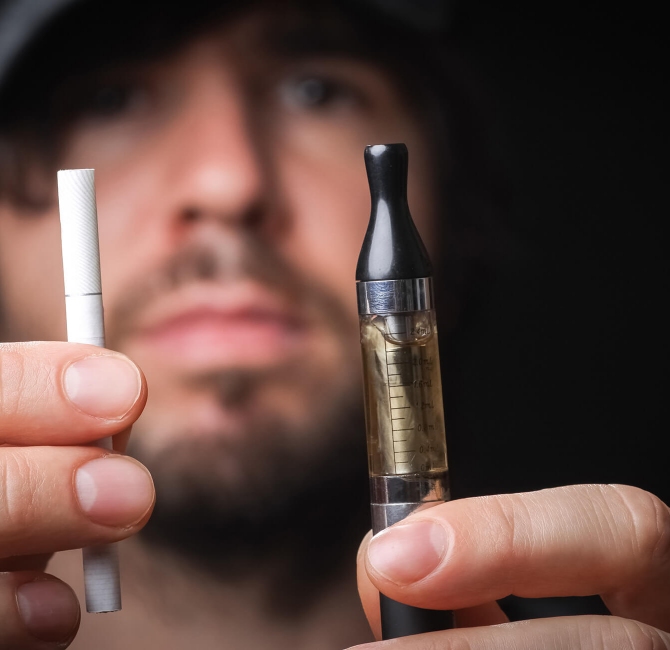Opioid addiction and overdose remain a serious health concern. Naloxone can reverse opioid overdose but requires timely intervention. Toward this goal, a University of Washington research team converted a smartphone to detect changes in respiration that precede opioid overdose. Using sonar, the smartphone detected respiratory depression and apnea (temporary lack of breathing) in humans after self-injected drug use in a supervised injection facility. Respiratory changes during general anesthesia, which simulates opioid-induced overdose, were also detect in a clinical setting. This proof-of-concept overdose detection device is encouraging; further optimization, including integrating an alert system to notify local emergency medical services of detected overdoses, would be necessary.
Abstract
Early detection and rapid intervention can prevent death from opioid overdose. At high doses, opioids (particularly fentanyl) can cause rapid cessation of breathing (apnea), hypoxemic/hypercarbic respiratory failure, and death, the physiologic sequence by which people commonly succumb from unintentional opioid overdose. Algorithms are presented that run on smartphones and unobtrusively detect opioid overdose events and their precursors. The proof-of-concept contactless system converts the phone into a short-range active sonar using frequency shifts to identify respiratory depression, apnea, and gross motor movements associated with acute opioid toxicity. Algorithms are developed and perform testing in two environments: (i) an approved supervised injection facility (SIF), where people self-inject illicit opioids, and (ii) the operating room (OR), where we simulate rapid opioid-induced overdose events using routine induction of general anesthesia. In the SIF (n=209), our system identified post-injection, opioid-induced central apnea with 96% sensitivity and 98% specificity and identified respiratory depression with 87% sensitivity and 89% specificity. These two key events commonly precede fatal opioid overdose. In the OR, the algorithm identified 19 of 20 simulated overdose events. Given the reliable reversibility of acute opioid toxicity, smartphone-enabled overdose detection coupled with the ability to alert naloxone-equipped friends and family or emergency medical services could hold potential as a low-barrier, harm reduction intervention.



